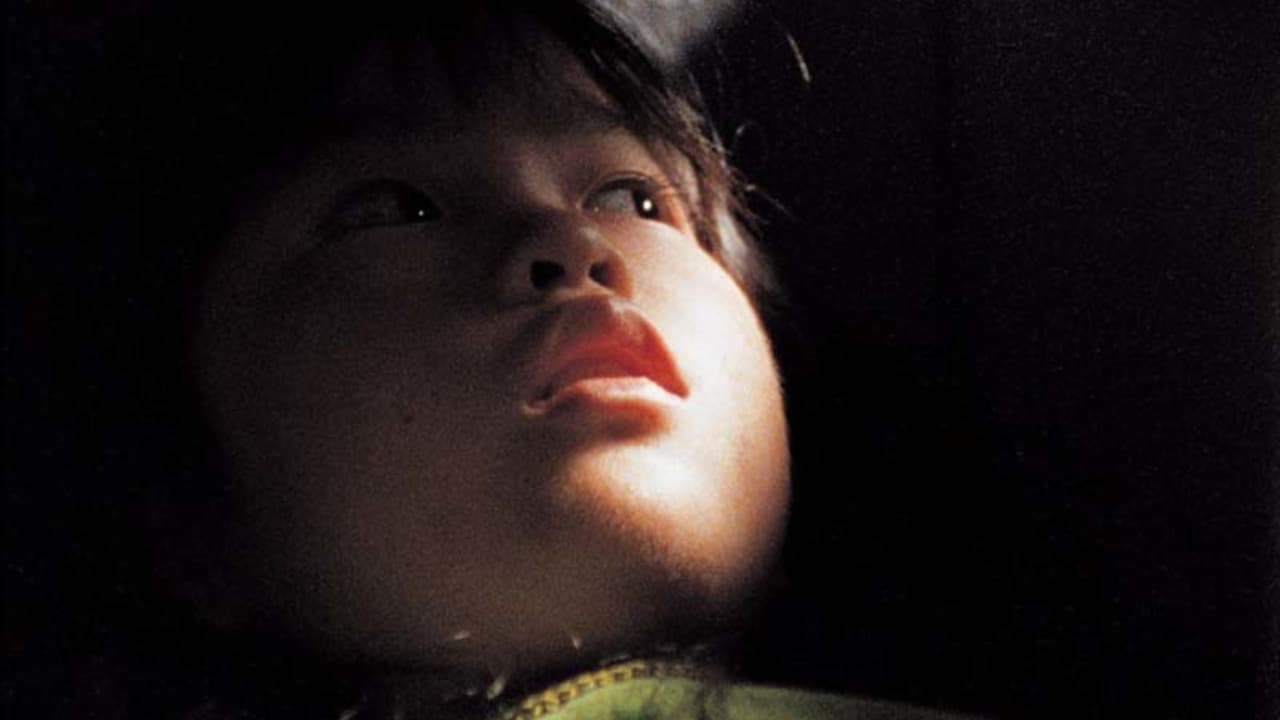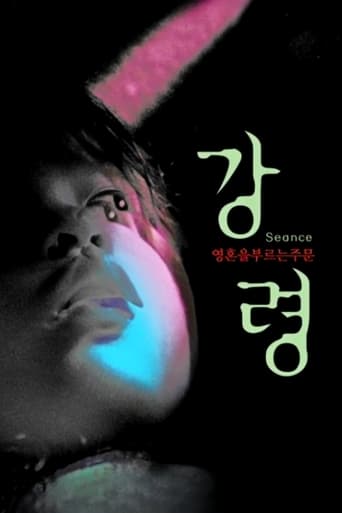



That was an excellent one.
brilliant actors, brilliant editing
Amazing worth wacthing. So good. Biased but well made with many good points.
View MoreWhile it is a pity that the story wasn't told with more visual finesse, this is trivial compared to our real-world problems. It takes a good movie to put that into perspective.
View MoreFirst, I'll explain the 8. It's a plot thing. I found myself yelling at the two leads to not do something stupid, but no initial stupidity, no subsequent movie.Second, if you haven't seen "Séance on a Wet Afternoon" or "Macbeth," don't look at Kurosawa's interview on the DVD extras until after you see this movie. There are plot spoilers in the interview.Third, am I the only one who sees a parallel between both "Séance"s and "Macbeth"? All three are about power hungry women who work their will on their all too devoted spouses. Kurosawa saw it, beginning with a quote from Macbeth's "Tomorrow and tomorrow..." soliloquy and then check out the music that's playing when Kôji Yakusho's character, Satô, confronts his doppelgänger.Now for the differences among the three stories. Kurosawa states that he had not seen the original "Séance on a Wet Afternoon," but that he used the same novel as the source for his screenplay. He cited a difficulty in making a story originally taking place in 1960's England fit 21st Century Japan. One thing he cited was the difficulty of portraying a crime that might have been considered commonplace in '60's England and that would be such a rarity in present-day Japan as to be unthinkable for the average Japanese audience member. Another thing he did was to alter the way his female lead expressed her fundamental craziness. Kim Stanley's character was flamboyant, charismatic, coquettish and kittenish, disconcertingly so for a middle-aged hausfrau psychic superstar wannabe. Jun Fubki's rendering of Junko Satô is no less crazy, but she's introverted, uncharismatic, mousy, and playing older than she is. Lady Macbeth has been subjected to countless interpretations, all along the spectrum between the Stanley and Fubuki continuum. But all three have in common an implacable desire for power and husbands who will do their bidding. All three of them show more and more psychopathology as they are assailed by the ghosts they help create, but none of them consciously concedes any guilt. Their husbands, in contrast, assume more than their share of the blame. I leave it to the viewer to decide how much blame Satô should bear. To say more would be a spoiler.Another thing I love about this movie is the carpet of sound that takes the ordinary and makes it frightening without resorting to excessive distortion or trickery. The sound picture is to this movie what the lighting and cinematography were to "Séance on a Wet Afternoon." They both put me inside the story. I too found myself having to pause it because it was dragging me along for the ride to such an extent that the characters' hurts felt like my hurts too.
View MoreOverall, this movie (and Cure for that matter) is nicely done. With Seance, appropriately, a lot of negative space mise-en-scene was deftly carried out; with Cure, narrative as well as formal (eg spliced split-second frames, abrupt scene cuts etc) ellipses are done well with good editing. I liked the continuity of both the protagonist and the restaurant (albeit from a different shooting angle) through both films. My only problem with it (and Cure) is that sometimes the aesthetics feels contrived, and the understatement/'minimalism' is, ironically, overwrought & cliché. There's no greatness here (in terms of psychological horror/terror, there are much more genius auteurs in both the East and West, eg the 'other' Kurosawa's Rashomon and Polanski's earlier films, to name a few respectively), but it has thought, and is still better than 90% of the sh*t out there.
View MoreThe DVD box said it was based on the book SEANCE ON A WET AFTERNOON. I have seen the wonderful 1964 British movie by that title and was very surprised when this Japanese film turned out to be VERY different. It was as if the writers were inspired by the other movie but changed it liberally to make it a horror film (which the original movie was not). I'm not sure which movie is truer to the book--I assume it was the first movie, but as I have not read the book I just don't know.Here are the major differences. In the Japanese version, the couple accidentally kidnap the child (the British one was planned and very deliberate). Also, in the British version the leading lady THOUGHT she was a psychic but was in fact without any para-normal powers. The Japanese leading lady saw dead people but longed to be recognized for her abilities. Plus, while the child is later accidentally killed in both versions, in the Japanese version she haunts the couple (not just the lady) for much of the movie--much like RINGU or Ju-On ("The Ring" and "The Grudge"--2 other famous Japanese horror flicks). You could really tell that the writer was really trying to capitalize on the popularity of these flicks. However, while not being quite as scary as these 2 films, the story itself was a lot better--much more hashed out instead of ghouls just popping out in a contrived effort to give us scares.So, why the 8 and not perhaps a higher score? Well, the movie was such an intelligent film but the ending was so abrupt and poorly done that I had to knock off at least a point.For those who saw this film, how about this for a better alternative ending: The couple are slowly driven mad by the recurring images of this little dead girl but instead of a "pat ending", the couple eventually commits suicide. Then, in the final scene you see both the husband and wife AND the girl aimlessly wandering about the home--seemingly for eternity.
View MoreThere are two kinds of films in the world, my friends. Those in which it is easy to find a meaning (if possible, a moral one) and those which tell a story with such devices that you, spectator, are free to construe it. Seance is such a film. I for one do not see it as a horror or a crime movie. It has the required number of supernatural events, but what is far more frightening than that is the subtle psychological illness that affects the two hapless heroes, Junko and her husband. These two are completely hollow the husband filled with noises, the wife with ghosts indeed ; they very simply do not live on the same physical plane as other people (colleagues, patrons... and the young girl who gets trapped in the husband's case) and it takes two extremely gifted actors, Yakusho and Fubuki, to convey this hollowness, this muted remoteness, as they are conveyed here. Kurosawa does not make any redundant comment on that stupendous hollowness : he merely shows it ; that indeed is his job as a filmmaker. The result is, in my opinion, one of his best films, together with Bright Future and Doppelgaenger. For yes : the doppelgaenger variation which one or two of the other commentators find so irksome (unfairly so, in my opinion : the eager student who mentions the apparition of a doppelgaenger in someone's life as a sign of impending demise isn't right* ; in literature the thing has been plaguing many a cheerless Romantic and postromantic hero for years) is back in Kurosawa's latest full length feature, Doppelgaenger (there is a Japanese DVD with English subtitles). No important message in that wonderfully quirky, eerily violent comedy (Yakusho again plays the double part). Let us rejoice about that fact : as long as a film puzzles more than it scares, it will never be remade in Hollywood. * And he shouldn't be believed any more than the misleading psychiatrist in Cure, should he ?
View More